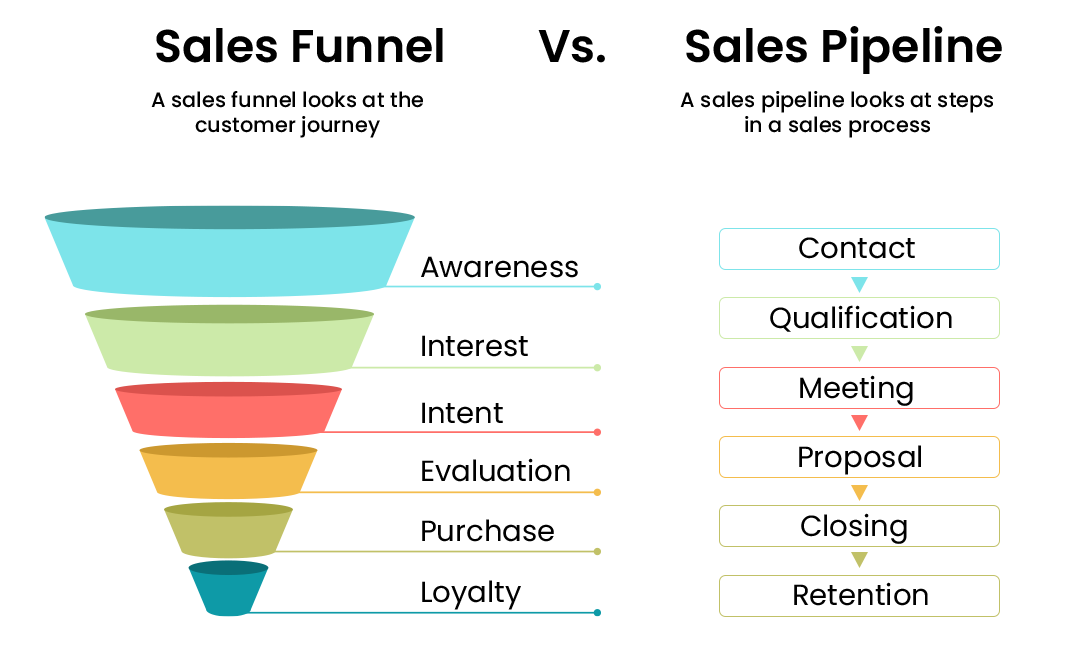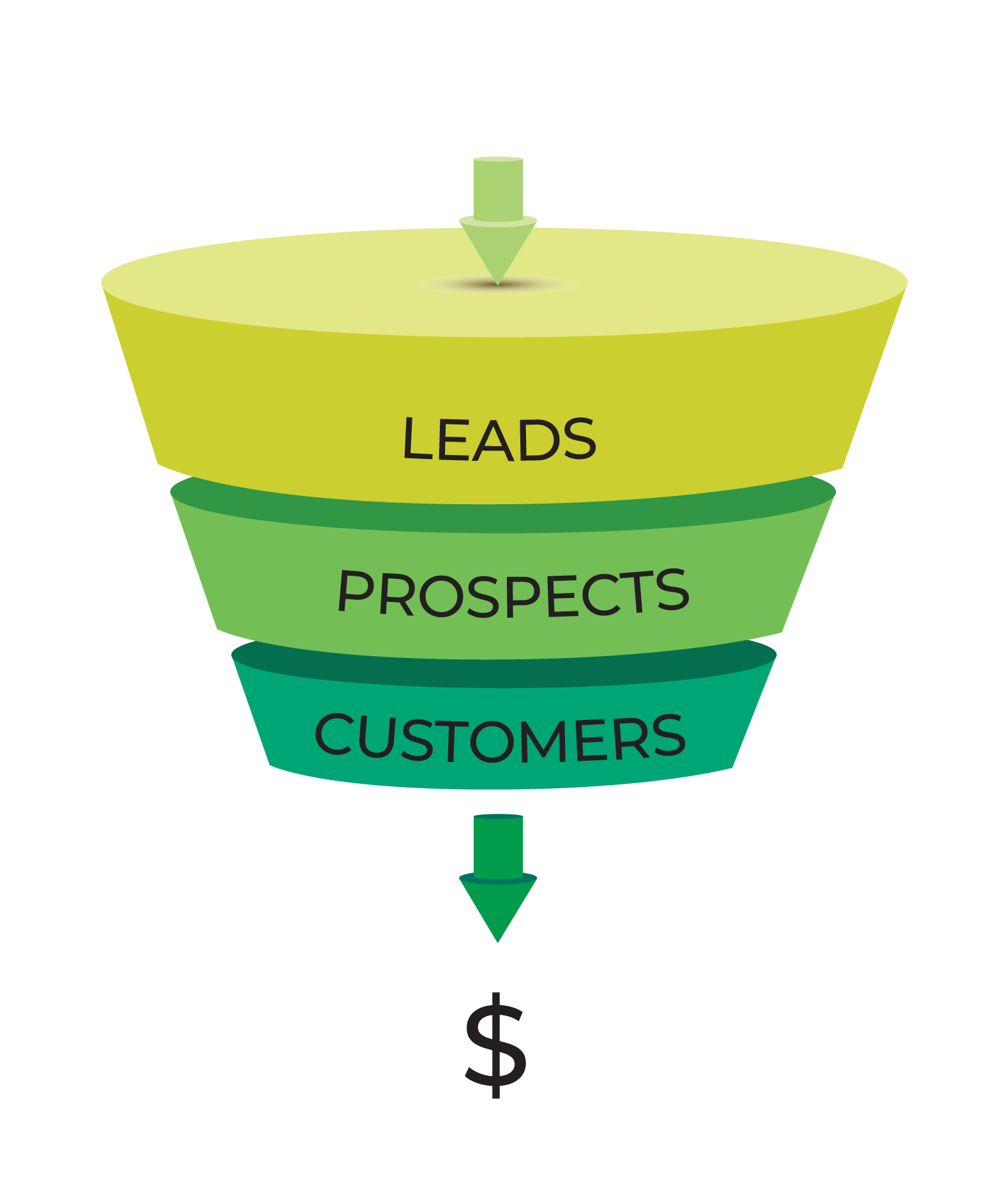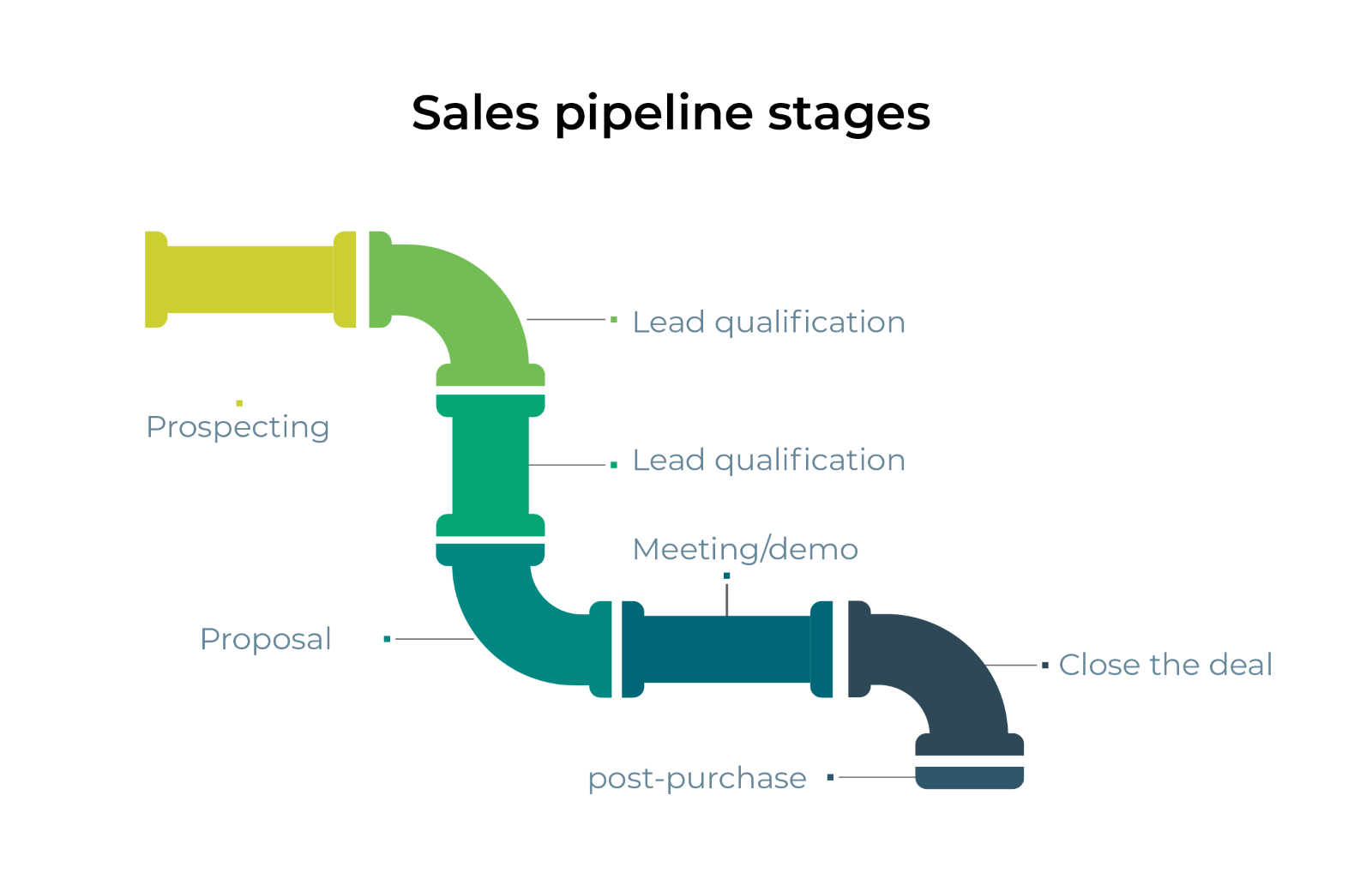




A visual sales pipeline is a visual representation of the sales cycle. It allows you to track potential buyers and their status in the sales process. The process of managing and monitoring the progress of potential sales deals via each sales funnel stage is called pipeline tracking. With a sales pipeline onboard, anyone in your team can effortlessly have the information such as newly generated leads and their sources, contacts with real interest to become clients, leads who have officially become clients, leads who have been in sales calls already and yet to become customers or clients, etc. Hence, driving conversions with visual sales pipeline management is effective and thoughtful. Here, we are going to have an elaborate view of the same, including visual sales pipeline optimization, visual sales pipeline and tracking best practices, etc.
Having a sales pipeline will bring you plenty of benefits, which will result in considerable growth in sales and revenue. A sales pipeline can offer many advantages, even though there is no set way to create one. Choosing a method that works for you in driving conversions with visual sales pipeline management is essential.
By examining a sales pipeline, you can have a more comprehensive idea regarding your potential deals, which will help you understand whether you are behind or on track in pursuing a target revenue. If you are falling behind, you can focus on the leads with the highest potential for closure. You will also know when to coordinate with the marketing team to generate more prospects.
With a sales pipeline in hand, it is easy for you to get information like the number of qualified and closed leads, number of calls scheduled, etc., whenever you require. Based on the visibility of this data, the management can come up with better suggestions and plans to improve the sales process.
Do you know where leads are getting stuck before they become customers? Knowing where they are can help you figure out the stage where they gather. For instance, are they having trouble deciding after a phone call? This information can be used to improve the customer experience and the different stages of the customer's journey.
You may have heard differently, yet there are no standard templates or designs for the stages of a sales pipeline. Your business journey and the corresponding touchpoints will be reflected in your sales pipeline stages eventually. A sales pipeline differs from a sales funnel in its nature and stages. The following illustration indicates the same.

Although there are many parts to start with, looking for prospects or potential buyers is the first stage of almost every pipeline. Some may invest in lead generation teams or professionals, and some may focus on inbound marketing. However, looking for prospective customers can be considered as the initial stage of a visual sales pipeline.
In the total leads generated, every prospect won't be the right fit. The budget, industry, and location of the prospects may not be apt for you. This stage is where your leads are filtered to zero in on those who are the best option for your offer. This way, you can prevent your time being spent on leads that are not qualified.

The sales team or representative makes actual contact with the prospect through phone calls, emails, or video calls in this stage. The prospects do schedule a call with a salesperson for inbound leads. For outbound, the sales team contacts the prospect directly via cold calls or emails. Maintaining healthy and productive interactions with potential customers is important in visual sales pipeline optimization.
Once the first contact is made, the sales team dispatches the contract or proposal to the qualified leads. Lead nurturing doesn't end with making follow-ups. You should build a healthy relationship with potential customers through various interactions and strategies that indicate you value them even if they are yet to become your clients.
Some prospects may become your clients and sign the proposal immediately. Some might take their time to decide and will accept the deal after more follow-ups, and of course, some may decide to reject the deal. The outcome can be any of these, and it is still important to track the leads regardless of the outcome. By doing so, you can understand the ratio of deals won vs. leads lost, the number of calls made for a closed deal, the value of deals won and lost, the average time of the sales cycle, average working hours spent, etc.
The process through which the sales pipelines are being created can differ from one company or organization to another. Like stages of a sales pipeline, the building process of it, too, doesn't have a fixed order of steps. Let's look at an example, though.
First, determine the different stages of your prospect's journey before they decide to become your customer. Refining stages is actually a part of managing your pipeline.

It is important to know the details, like the time prospects spend in each stage, the number of prospects you need in each stage, and the percentage of prospects moving to the next stage. You will need plenty of leads to start with since they all don't move forward, and hence, the number of prospects decreases per stage. Calculation of the number of appointments, the number of show-ups, etc., may be required depending on the business structure
As you progress, try categorizing sales cycle stages based on what's practical. If you notice prospects require an extra meeting, add a "second meeting" stage. Or differentiate the call stage from the proposal stage.
There are some points which you should note and monitor regularly regarding your sales pipeline. Visual sales pipeline and tracking best practices include this kind of monitoring and managing. Let's discuss more.
Monitoring sales metrics to track progress and identify areas for advancement in marketing and sales teams is crucial. The number of deals in the pipeline, number of qualified leads in relation to the sum of prospects, deal value in the pipeline, etc., are some examples of metrics to keep track of.
To keep your visual sales pipeline organized, it's essential to review it regularly. This will help you avoid having inactive deals cluttering it up. By removing those deals, you'll get a more precise sales projection and focus on leads more likely to succeed.
The sales pipeline is not exclusively the responsibility of the sales team. To maximize its potential for delivering value to the business, it must be utilized by multiple groups such as a marketing team, finance team, operations team, etc.
To get maximum efficiency across your organization, have a visual sales pipeline onboard. If you are yet to execute one, don't delay it more. Construct your sales pipeline now and experience the improvement it can bring not only to your sales team but also to your entire organization.